The doors are very cool.
View from the steps of the Courthouse towards the town of Bisbee.
Copper statue entering town.
Bisbee Mining & Historical Museum.
Mining equipment in front of the museum.
The building (Phelps Dodge General Office Building) was named a National Historic Landmark in 1983.
Multiple structures were built to support the community by the the Copper Queen Consolidated Mining Co. that became the Phelps Dodge Corporation, including the U.S. Post Office and Copper Queen Library (below).
They also built the Copper Queen Hotel (behind the present-day Museum).
The museum is two floors of exhibits regarding the mining industry and the history of Bisbee. The town was established after the discovery in copper in 1877. While copper was the primary precious metal mined here; silver, gold, and precious stones were also found in the mines.
The museum has well-designed exhibits that told of the town's history with lots of interesting artifacts from the 1880s.
Of course, much of the town's history revolves around mining.
Differences between miners (working conditions, pay, equipment, safety) and management (demands for increased production) resulted in conflicts in Bisbee (just as it did in almost all mining communities).
This bell system used for communication through the mine is still in operation today in Arizona.
When a miner reported for his shift, the timekeeper handed him a brass tag (that was stamped with a number). He returned it at the end of the day.
A missing tag was a potential indication that someone was lost in the mine and a search would be quickly organized. The tag was durable in case of an explosion, cave-in, or other mine disaster so that miners could be identified. Here's the "supervisor" (I think his name is John) checking the logs...
Between 1877 and 1975 (the year the mine closed), about 8 billion pounds of copper flowed from the mines of Bisbee.
With the invention of electricity the demand for copper skyrocketed. Here is an exhibit that shows some of the products that require copper. The Statue of Liberty is made of 179,000 pounds of copper!
Mining in Bisbee (and elsewhere) moved from underground copper mining to open pit mining which required fewer miners and more equipment. The Sacramento Pit was mined from 1917-1929 and the Lavender Pit from 1954-1974. This is a tire from a 320-ton haul truck.
Very high-quality turquoise, known as "Brisbee turquoise," was discovered in the copper mines.
Mineral crystals were also discovered during the copper mining in Bisbee; some crystal caves were the size of a football and some the size of football fields. Beautiful bright-blue azurite, deep-green malachite, ruby-red cuprite, and more.
Malachite, cuprite, copper.
Malachite, azurite, copper.
Gold on quartz.
They were just exquisite!
Here are some additional photos of the town of Bisbee.
Admission to the Museum was $7.50/adult. The Tucson Attractions Passbook Savings had a buy-one-get-free admission. If you visit Bisbee, the museum is a great place to start learning about the history of this interesting mining town. It has also become an artists haven with many galleries, unique shops, and antique stores along the Main Street of town. We enjoyed exploring the area.
Website: www.bisbeemuseum.org
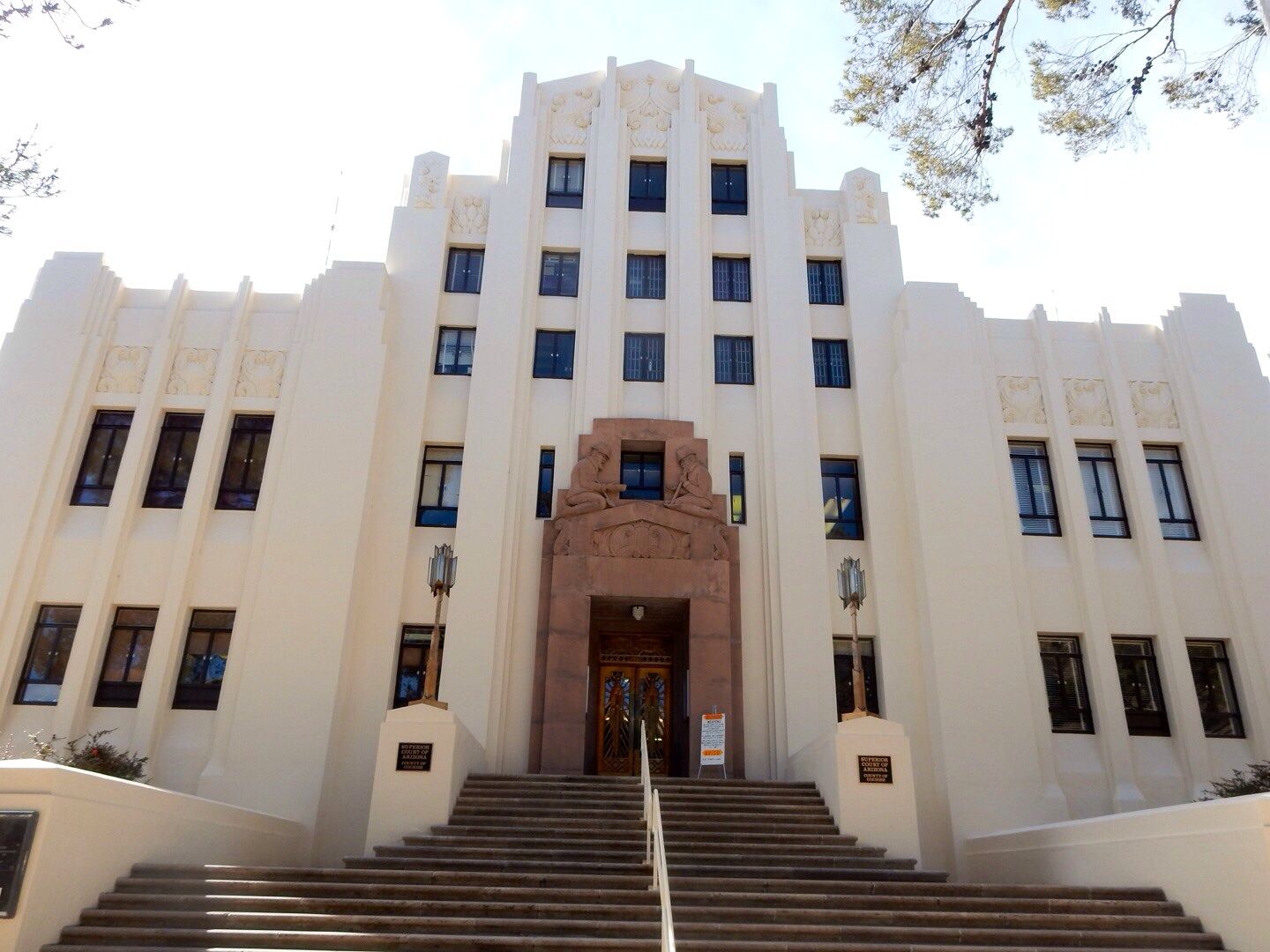
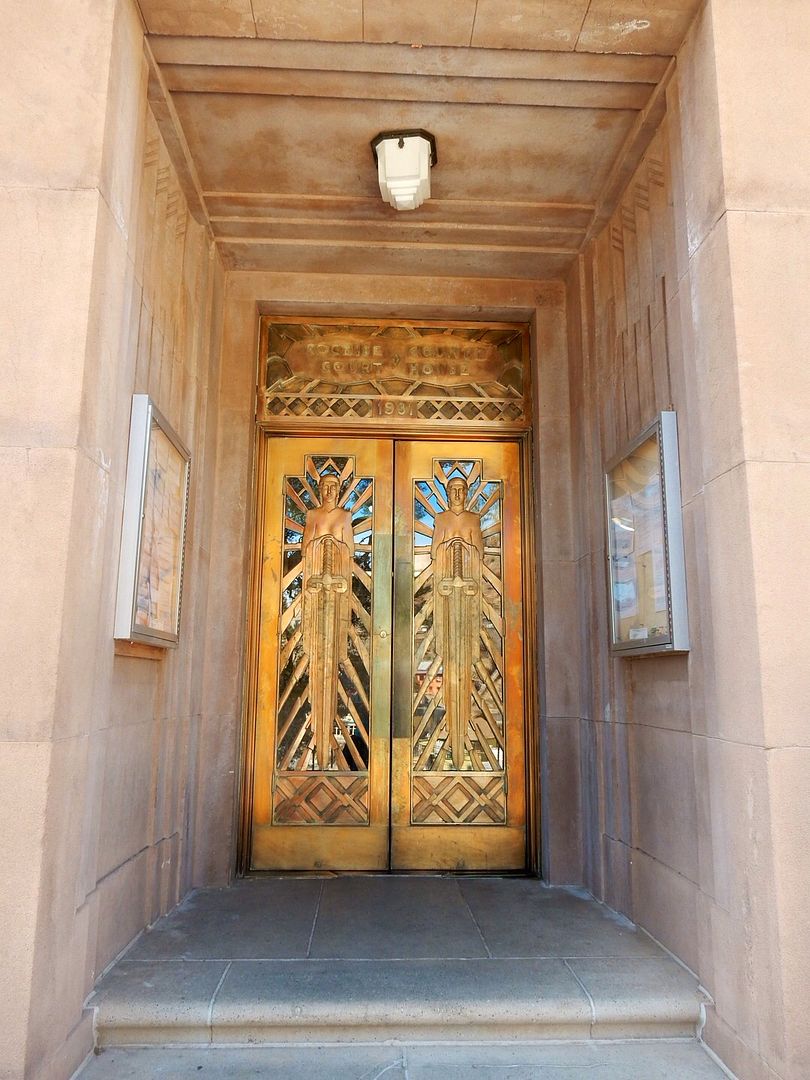
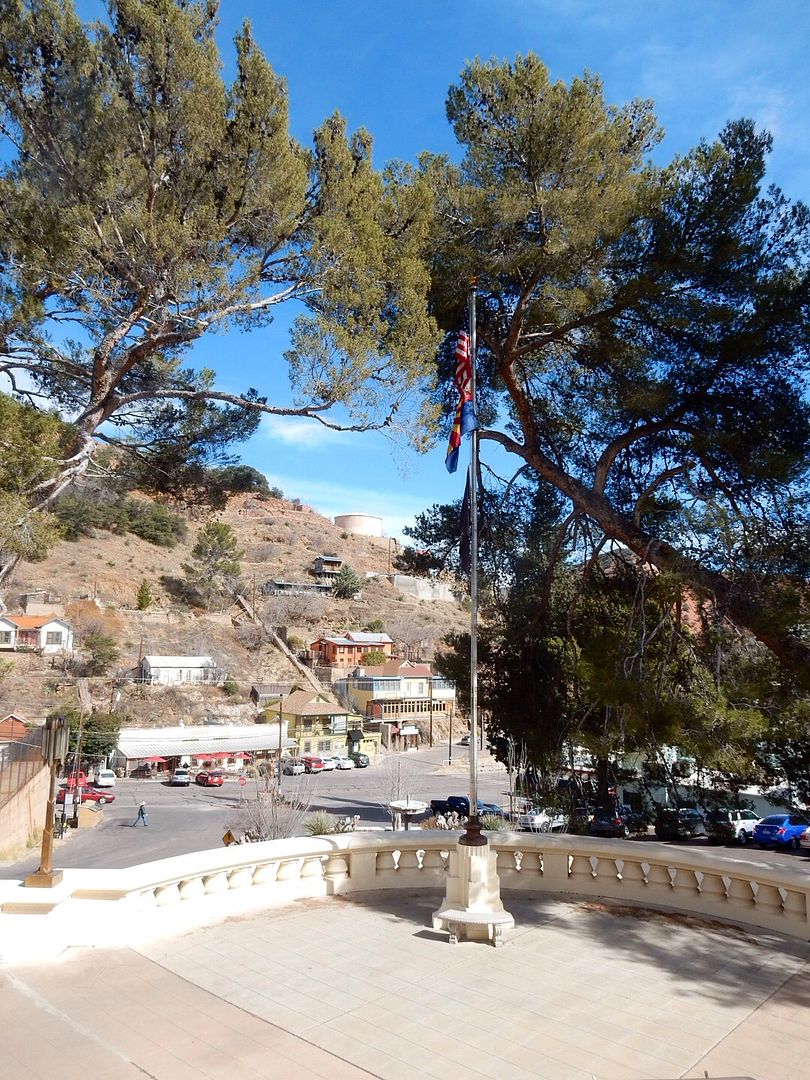
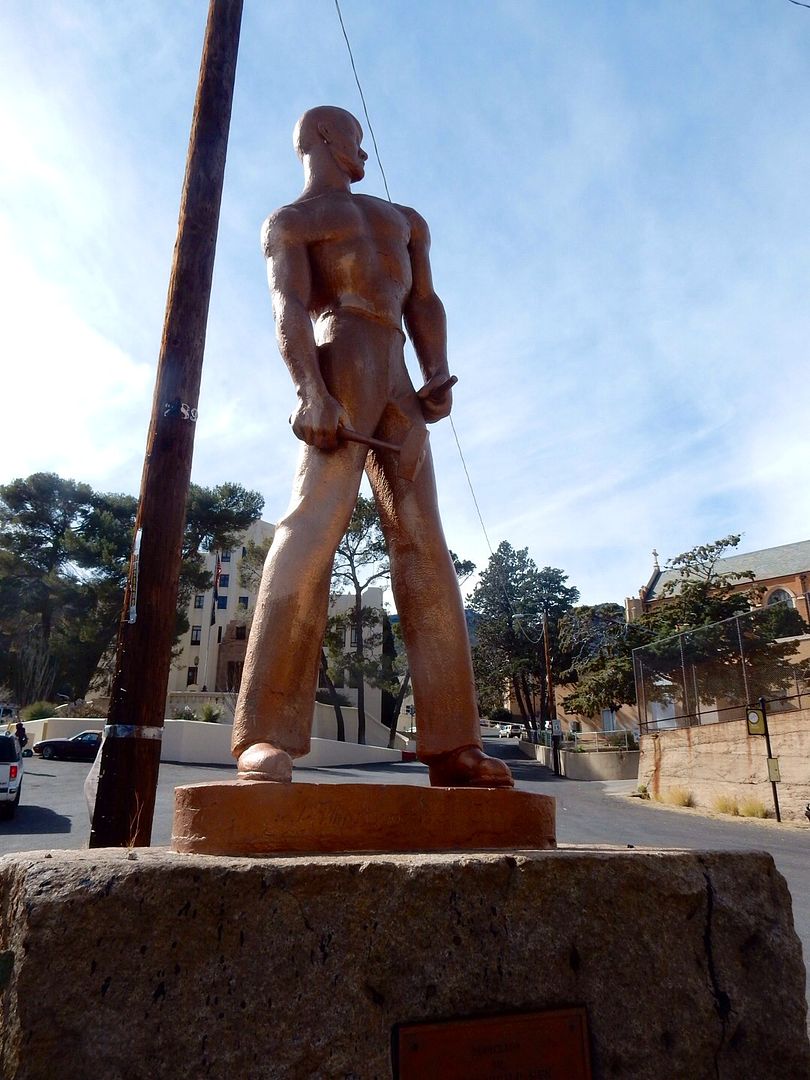
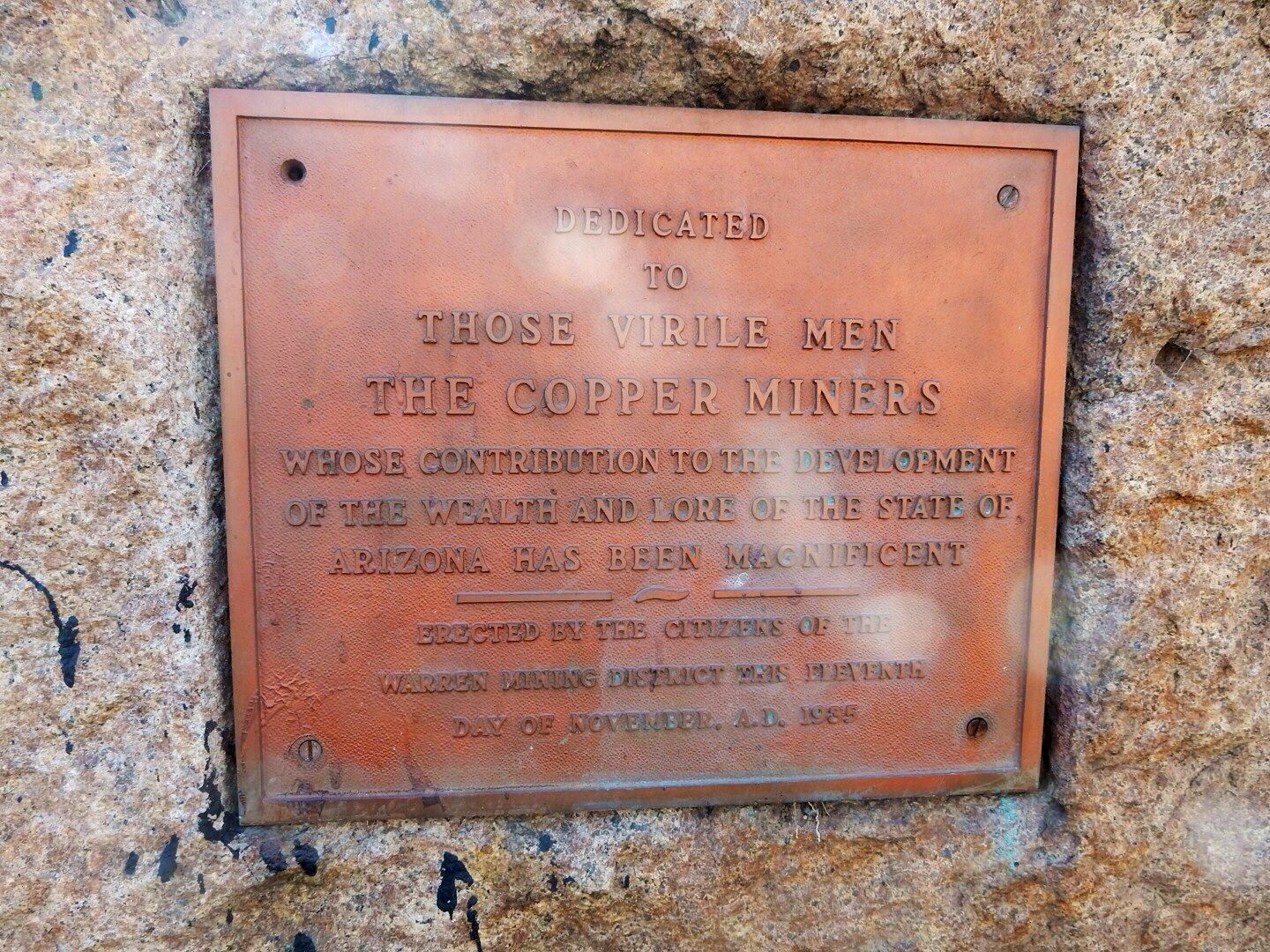
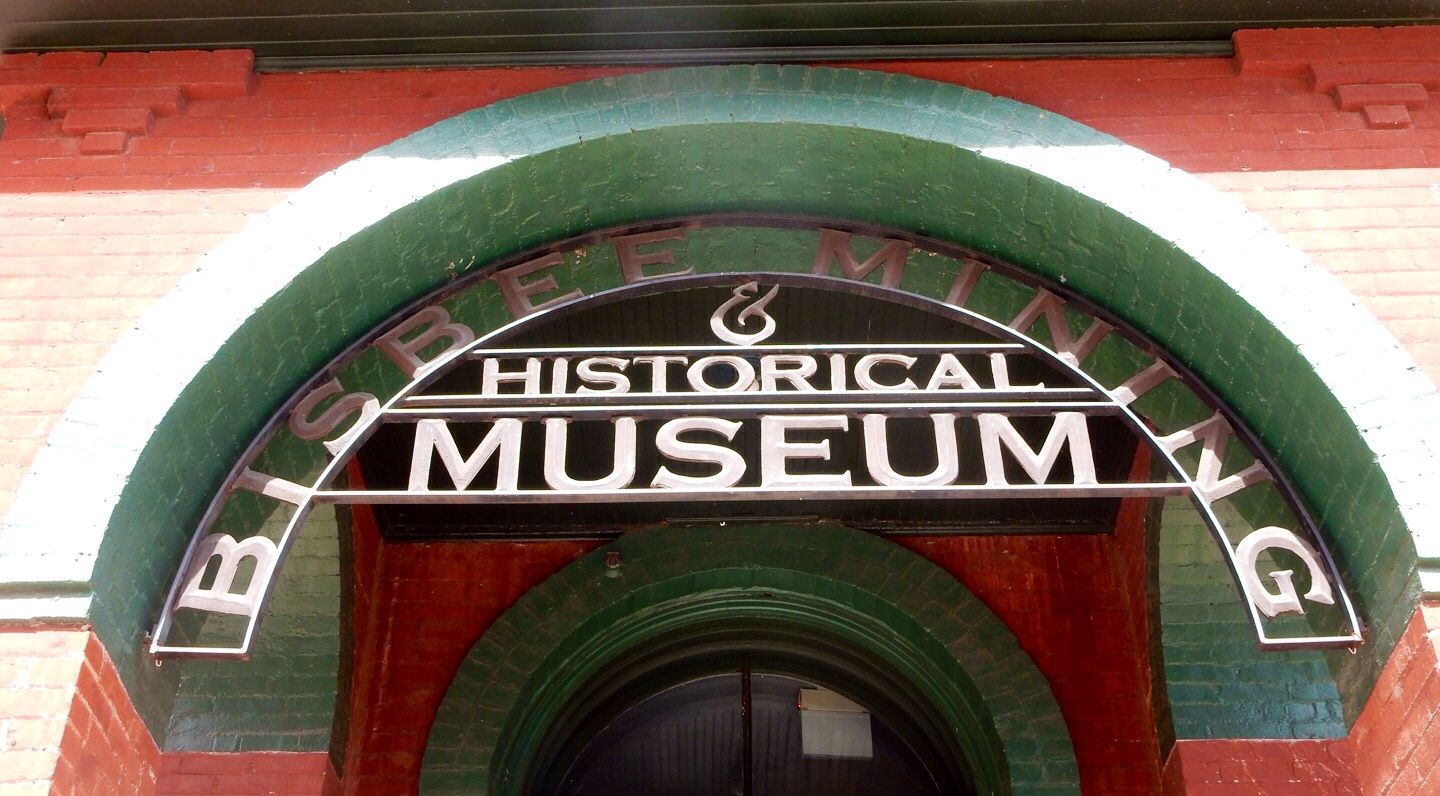
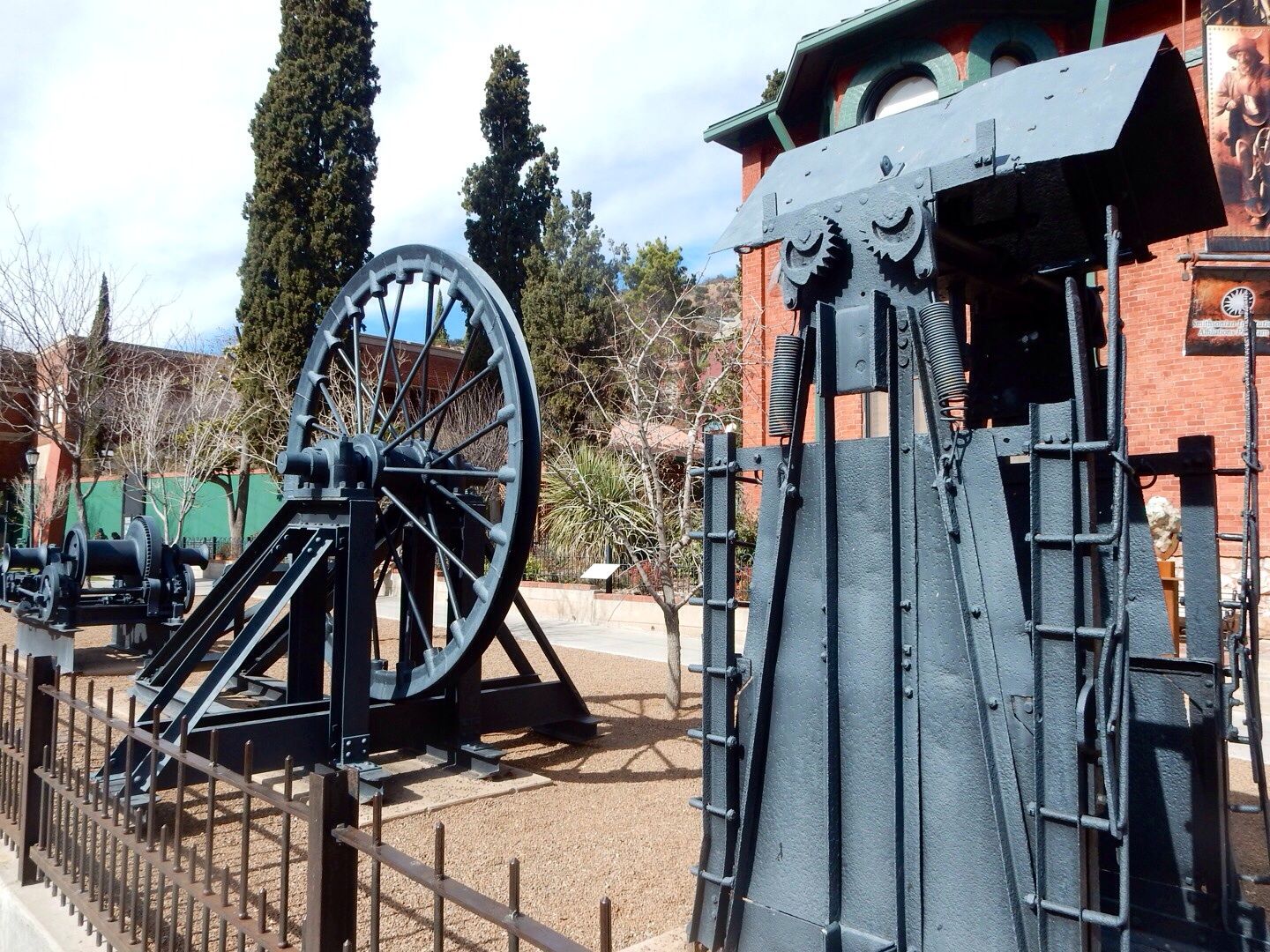

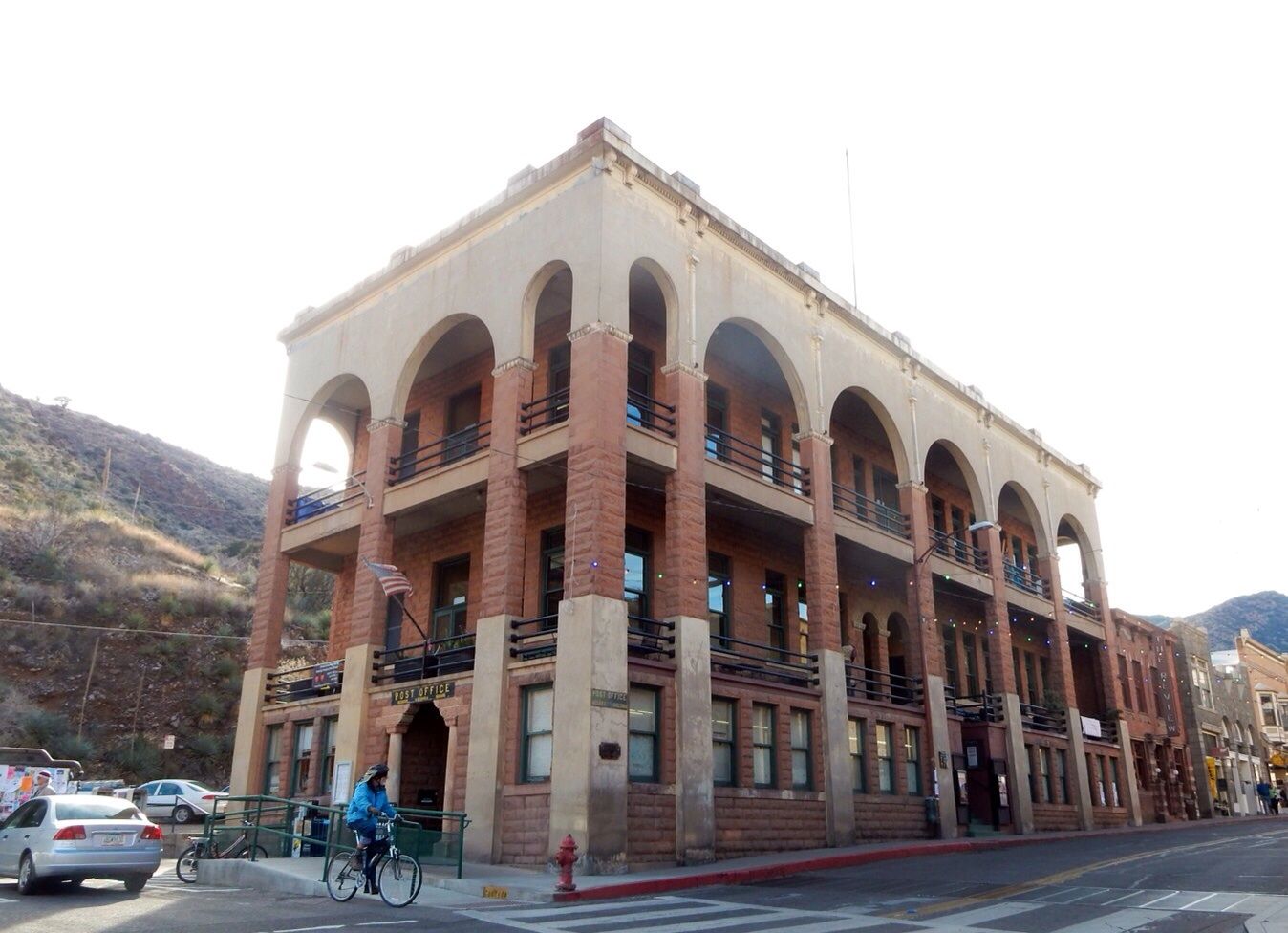

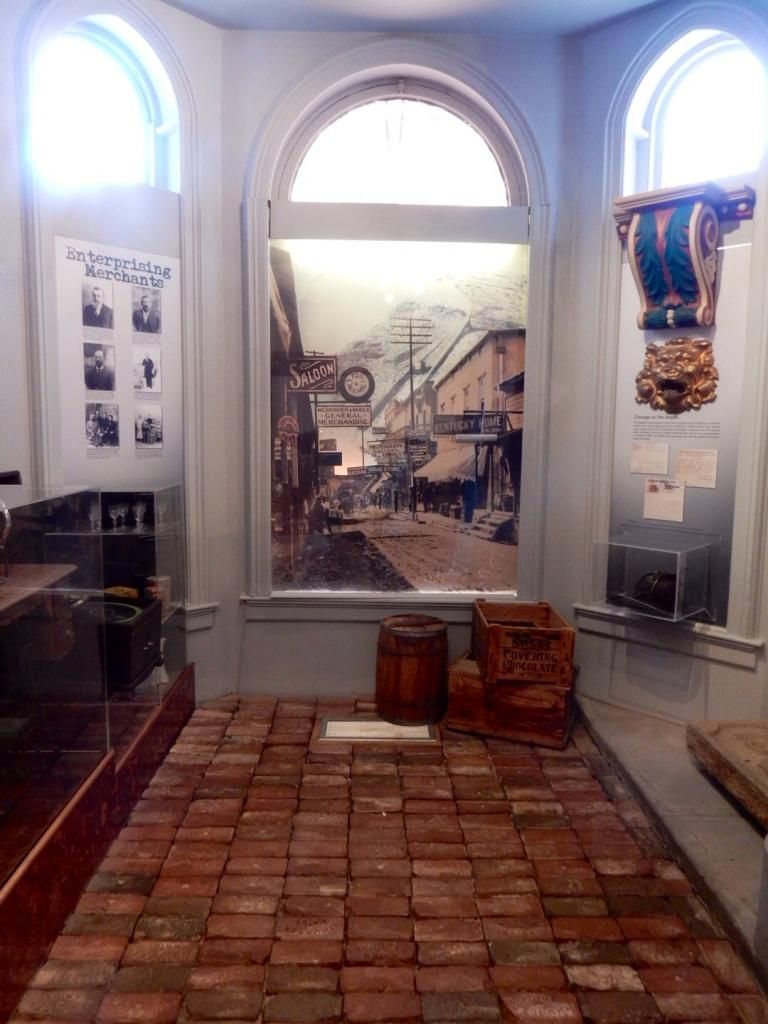
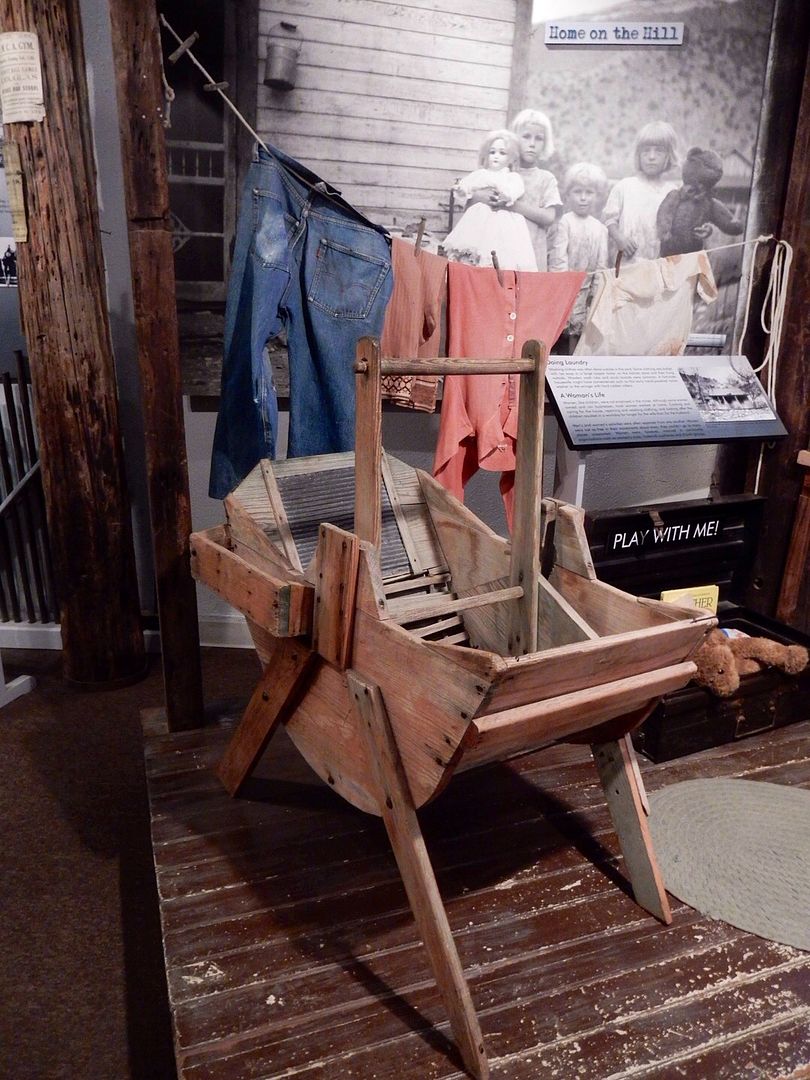
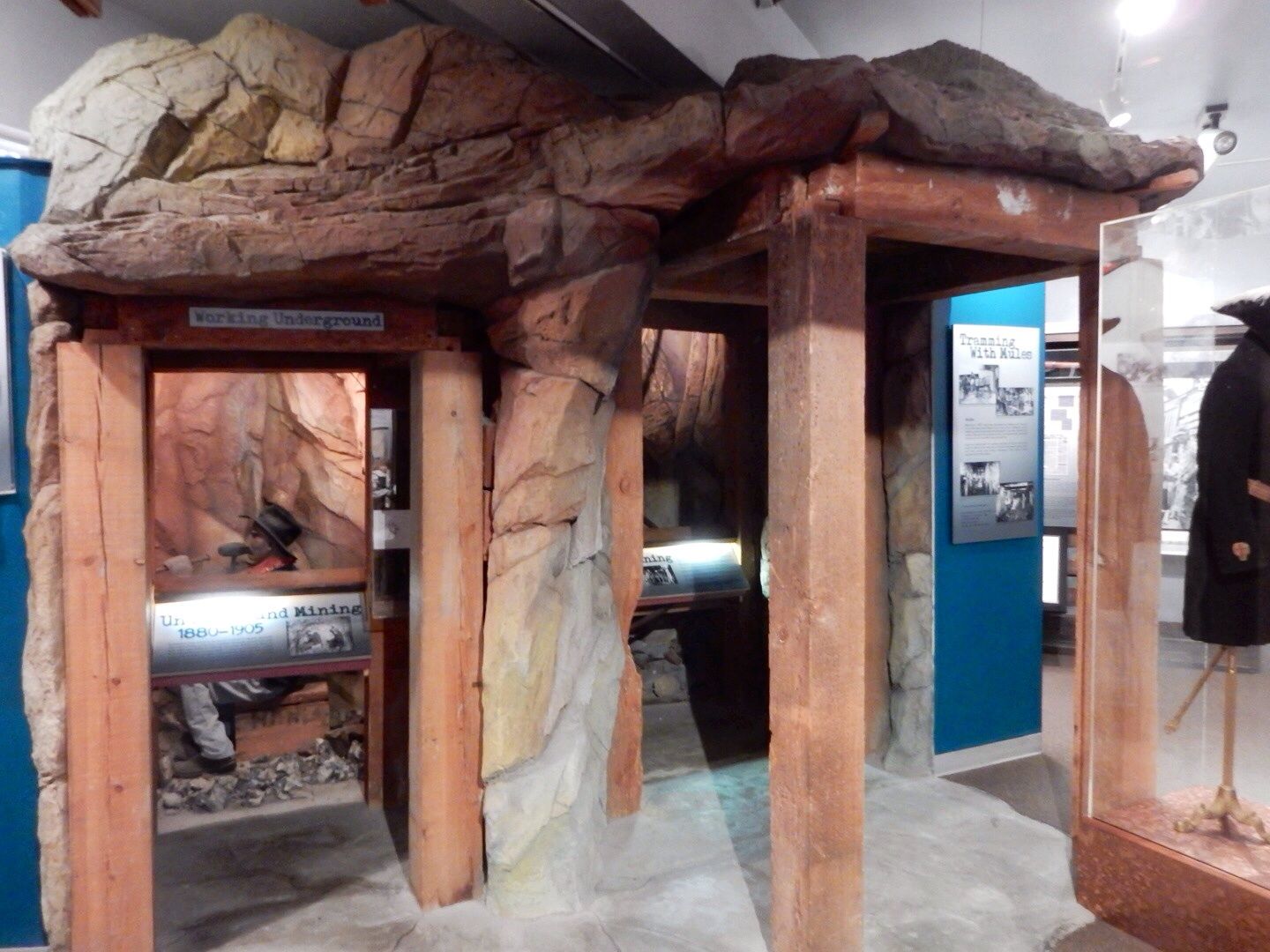
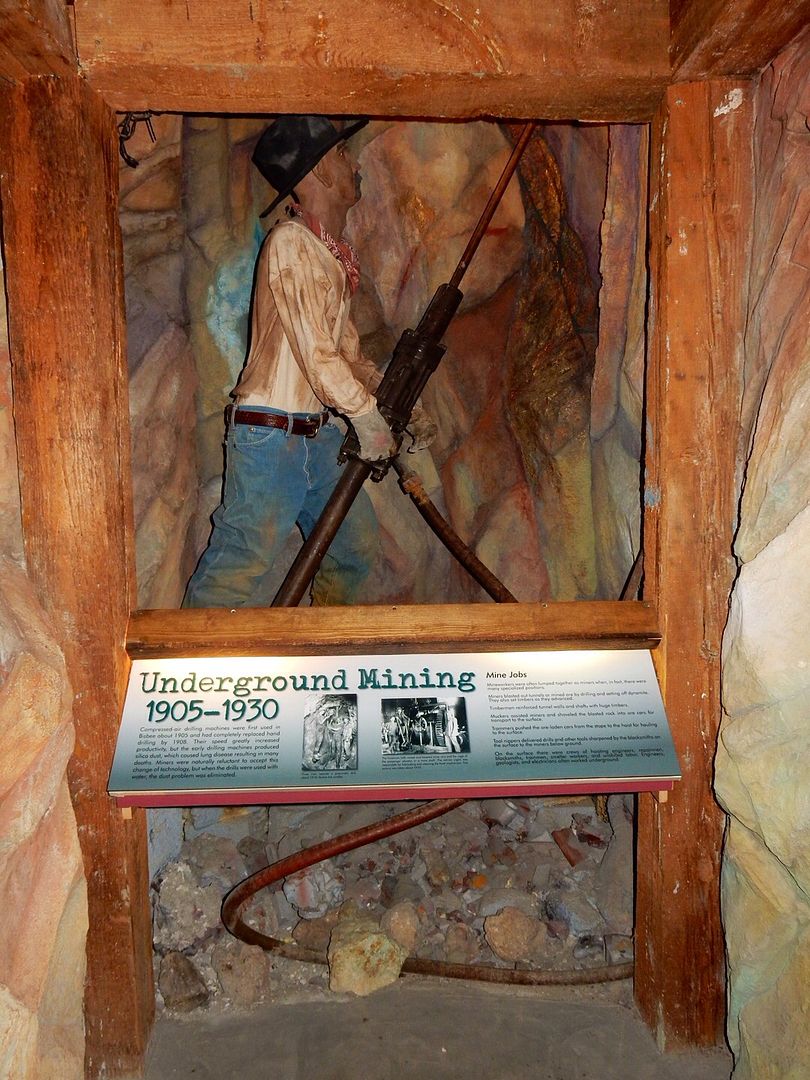
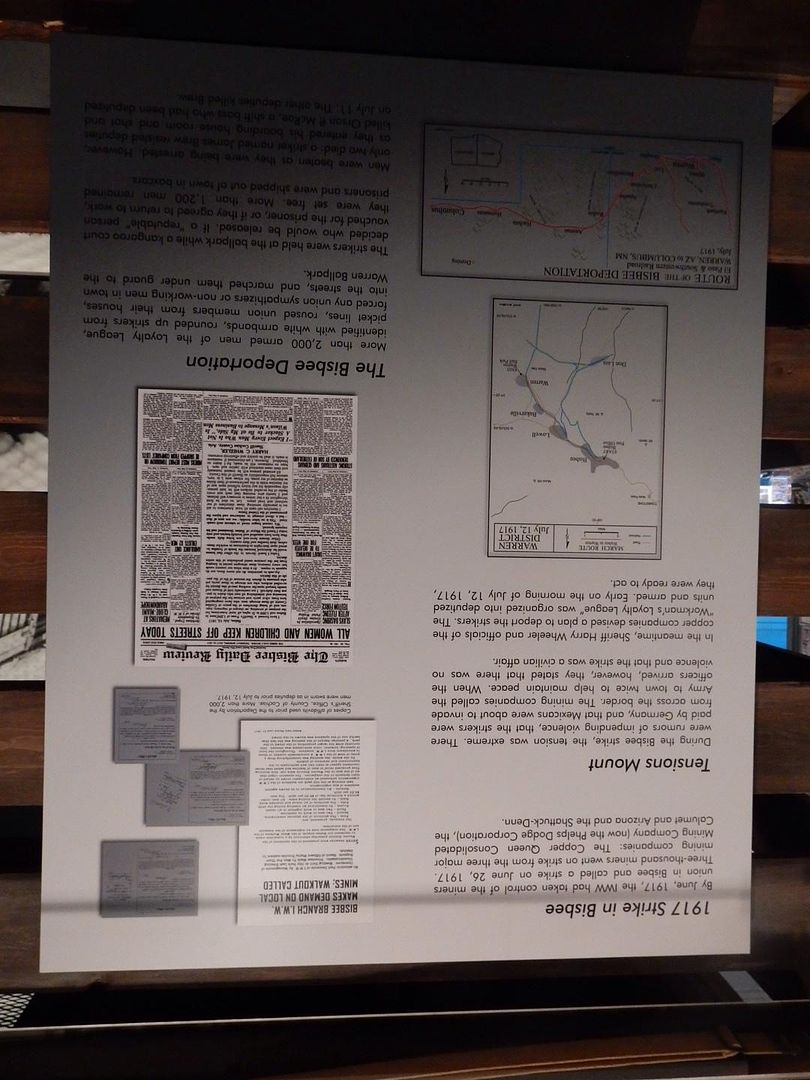
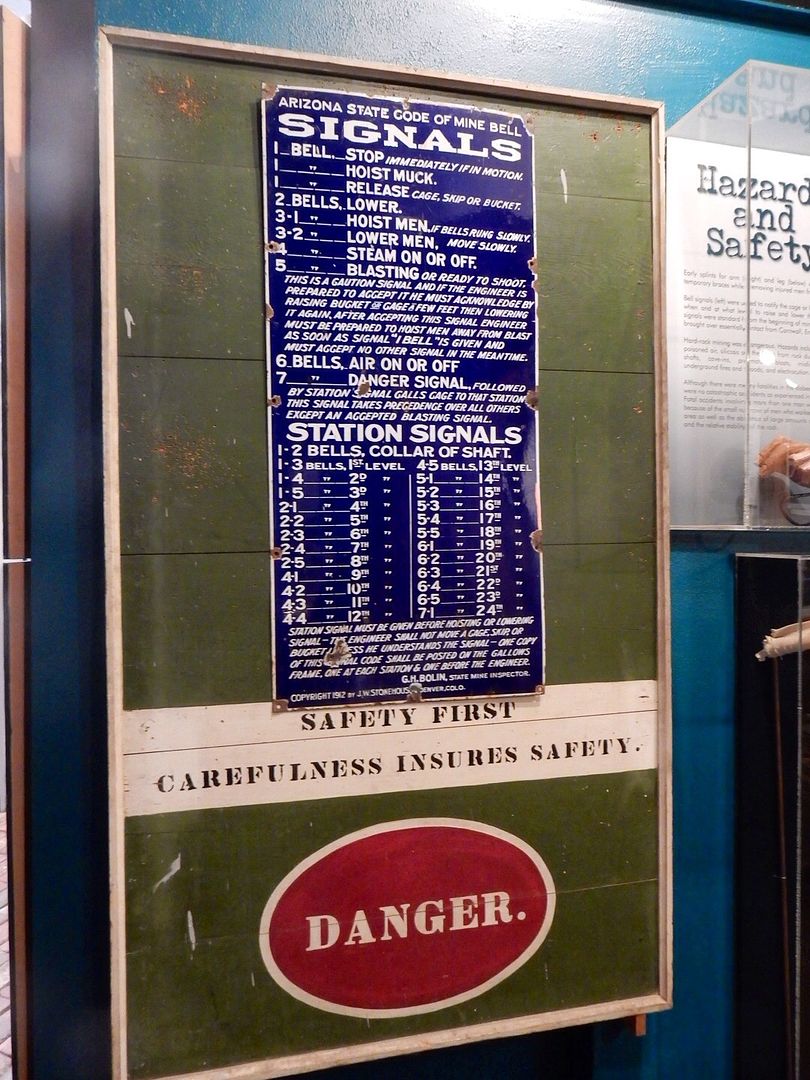

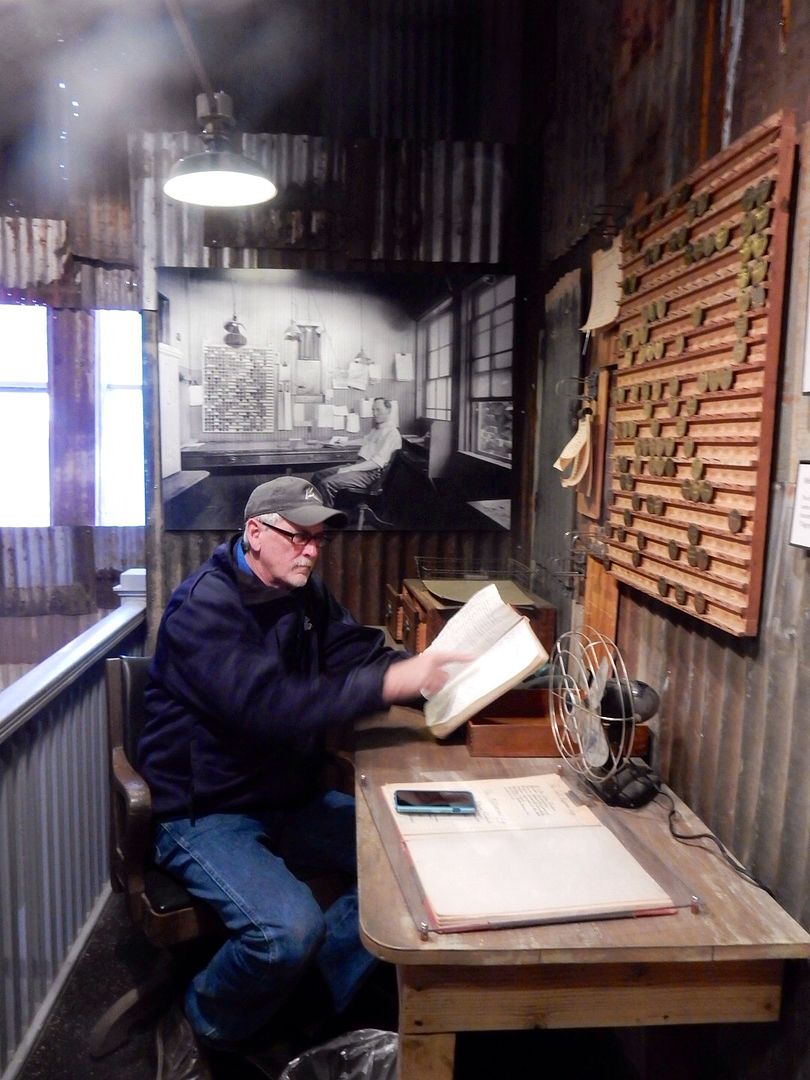
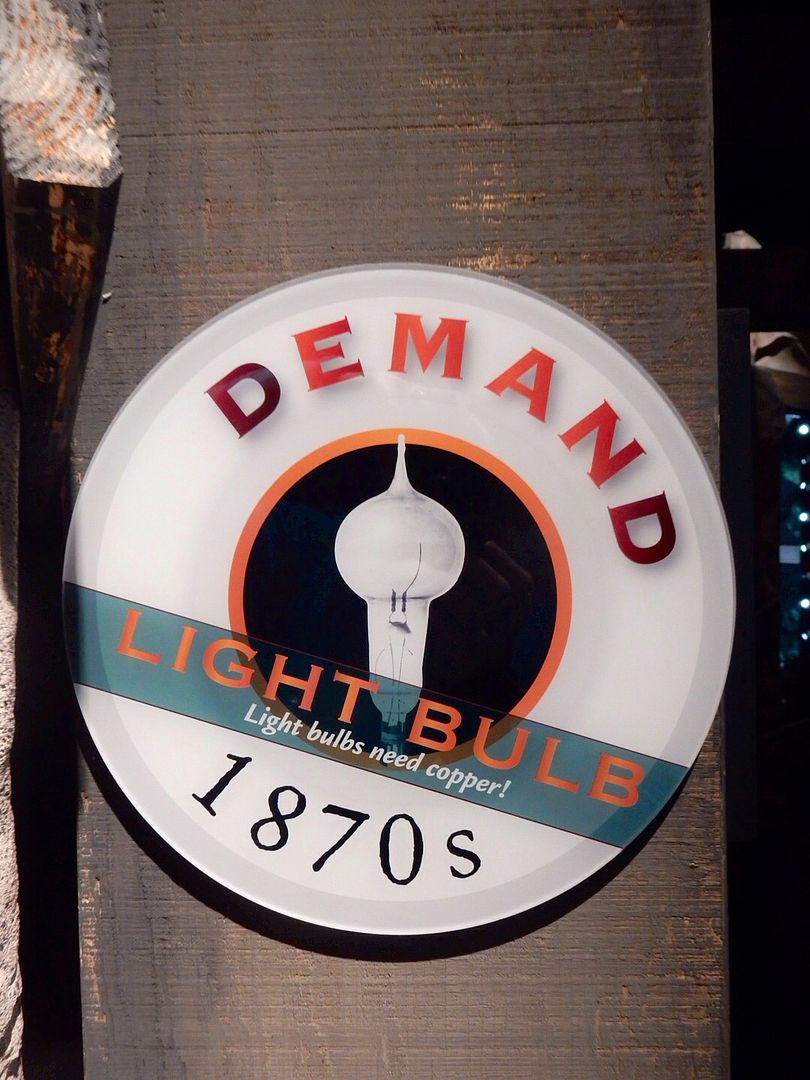
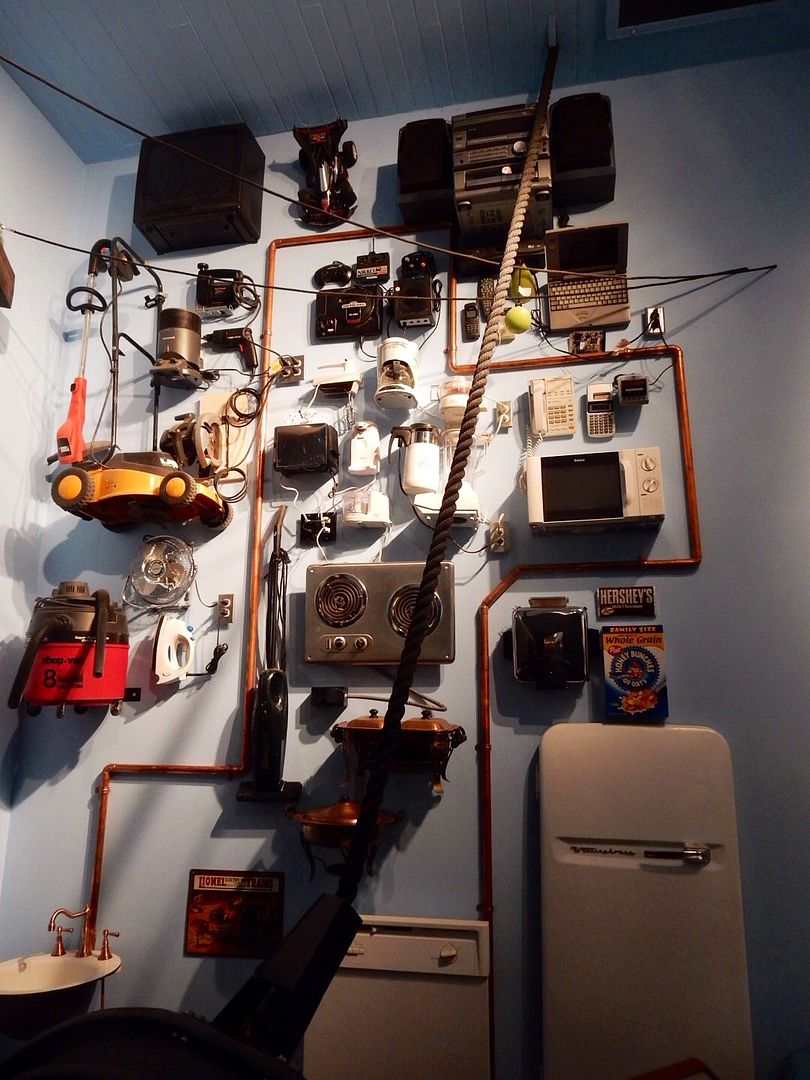
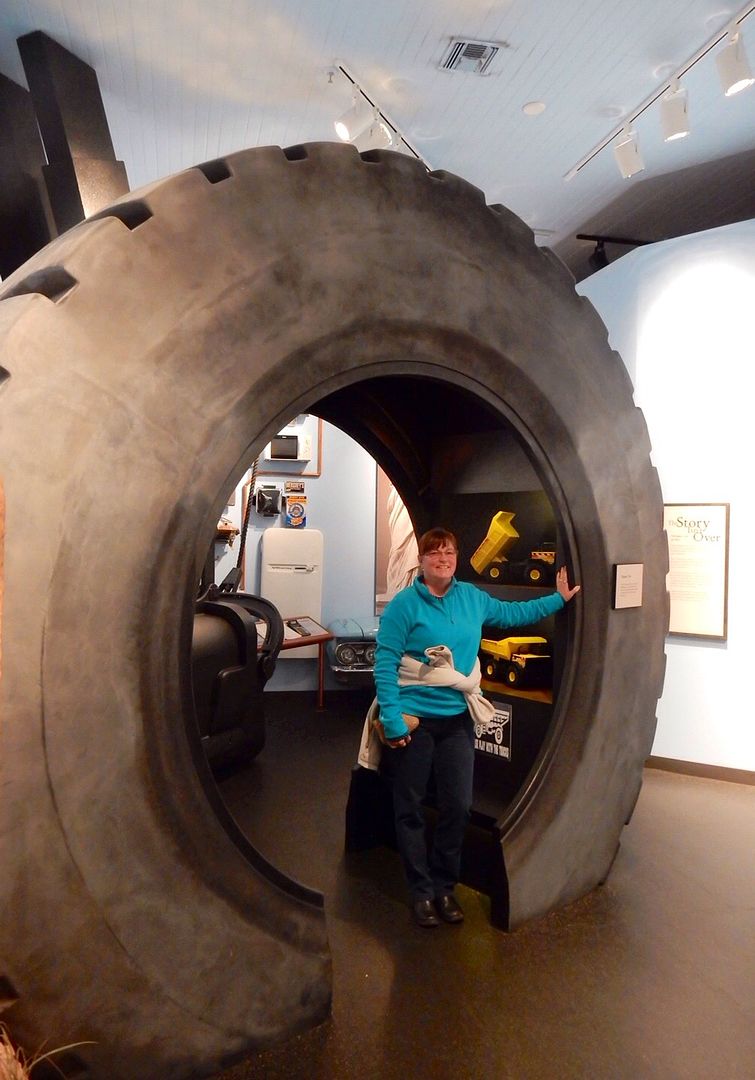
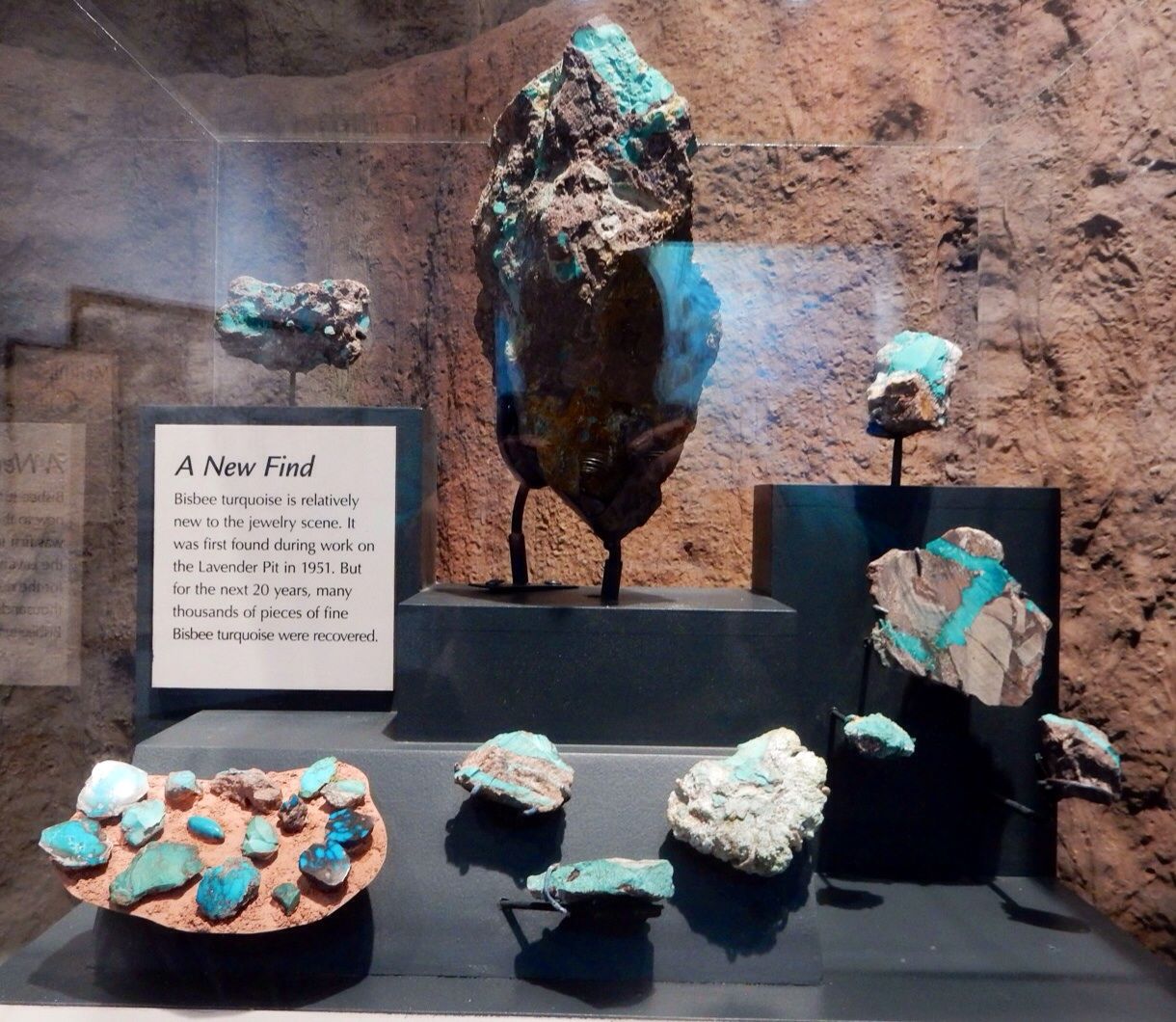


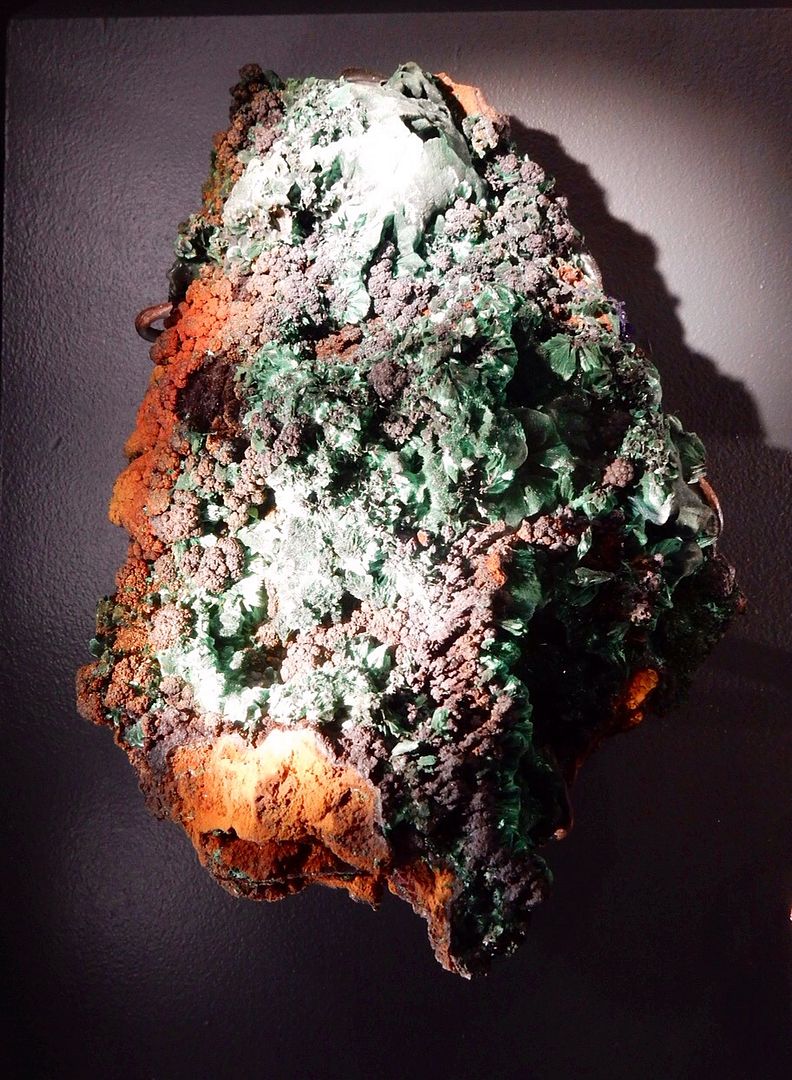
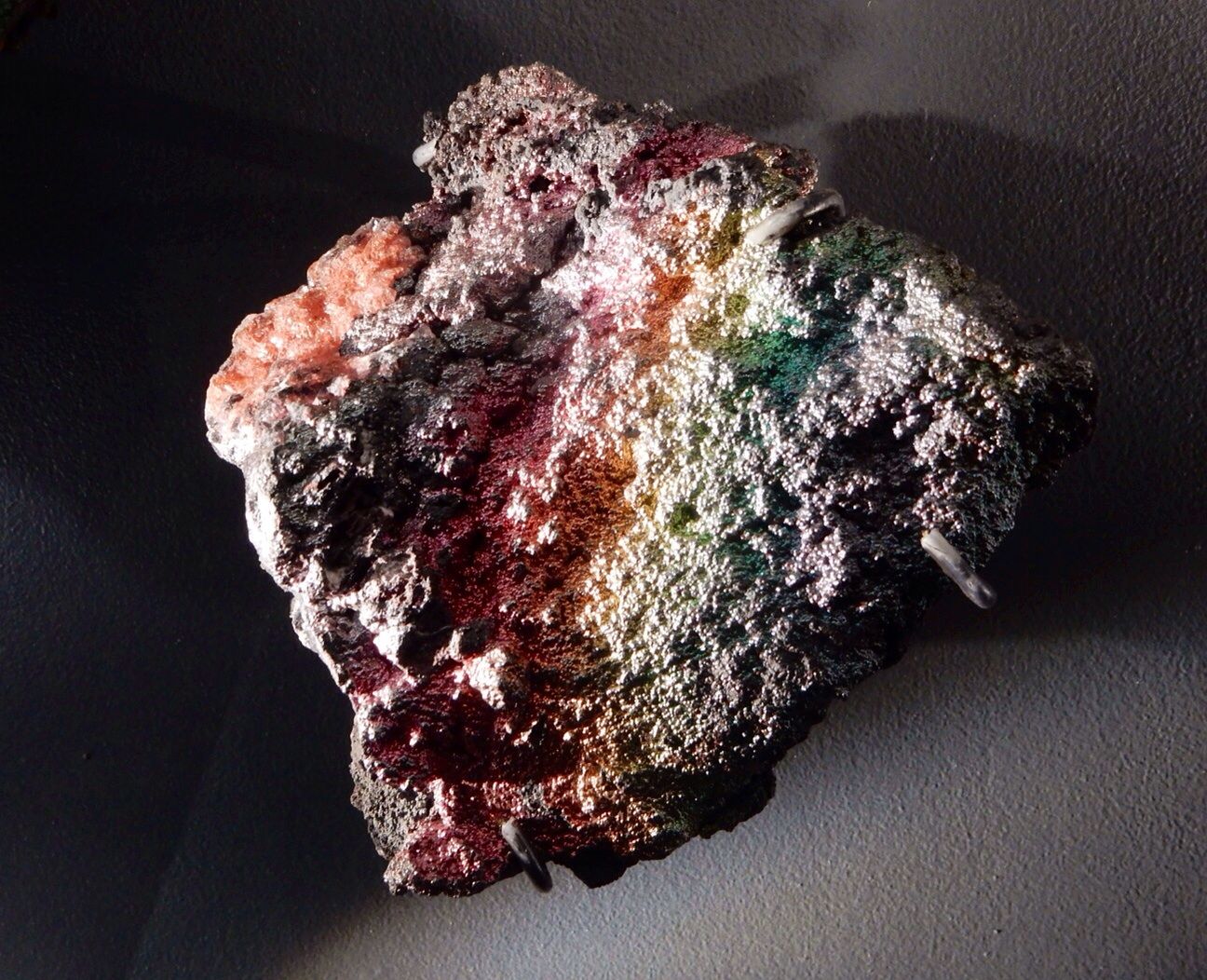
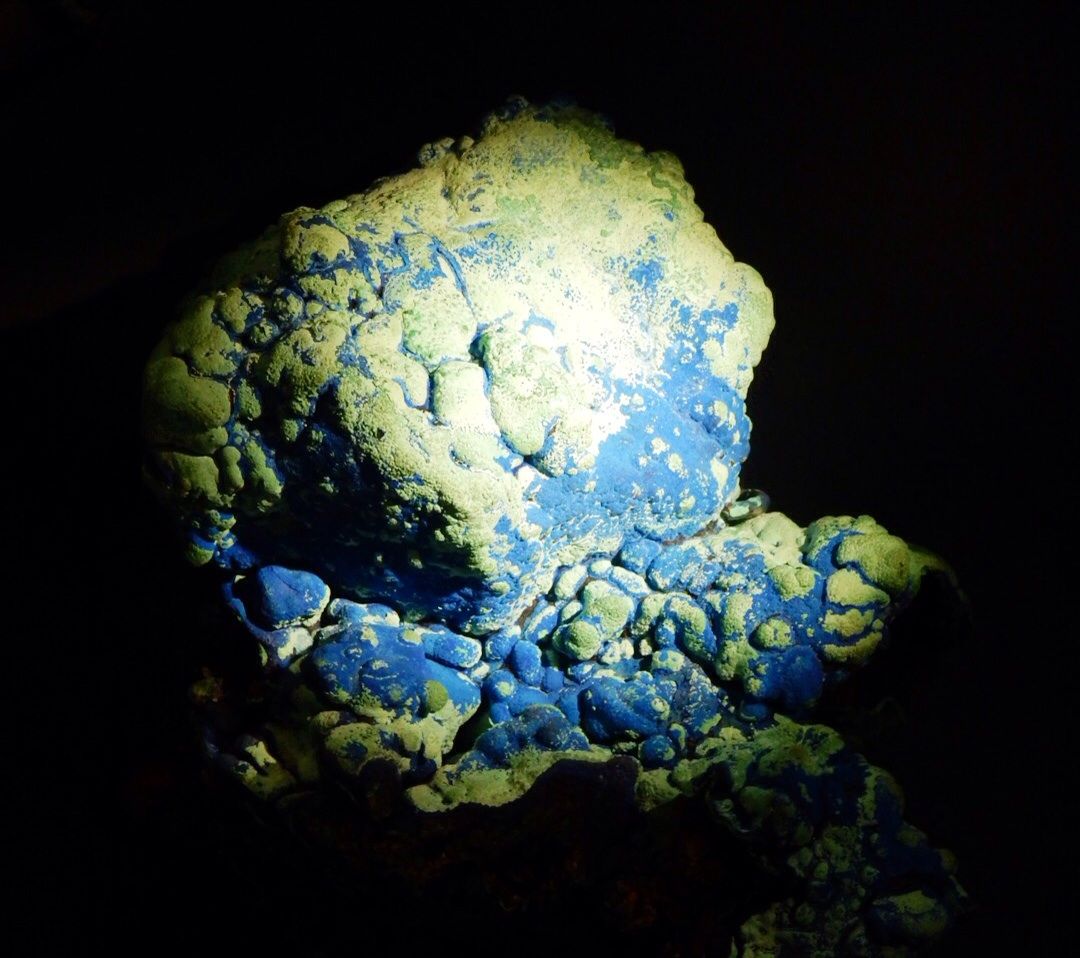
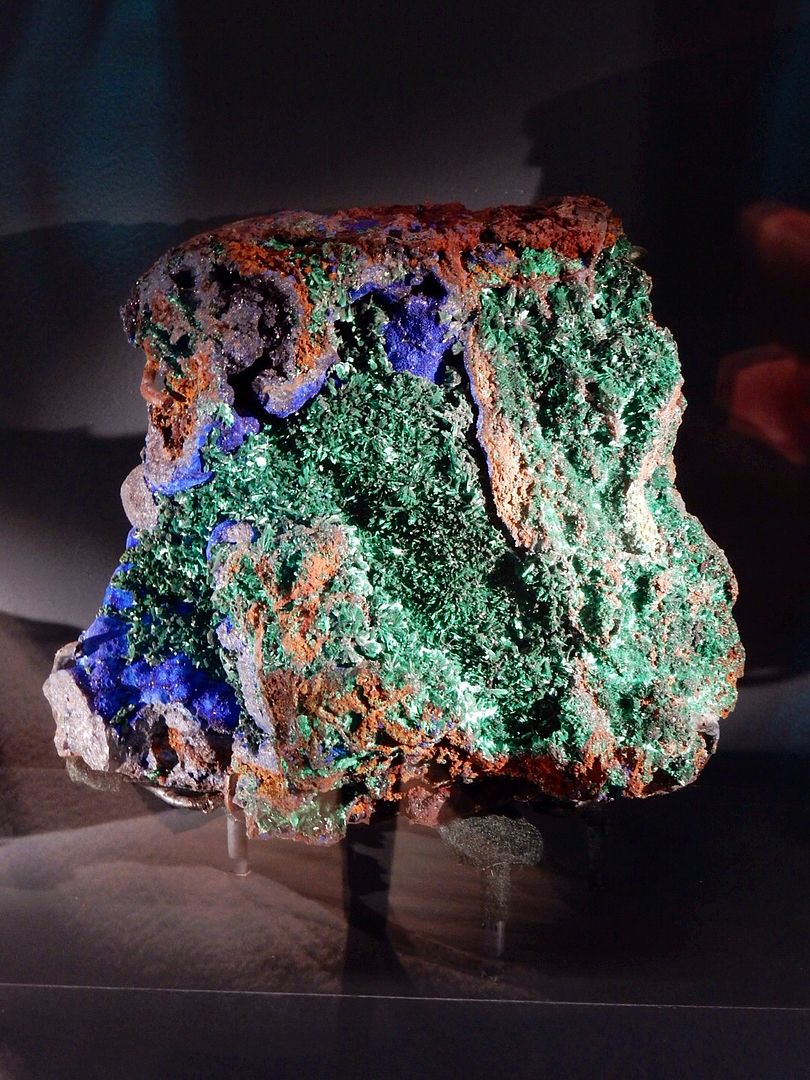
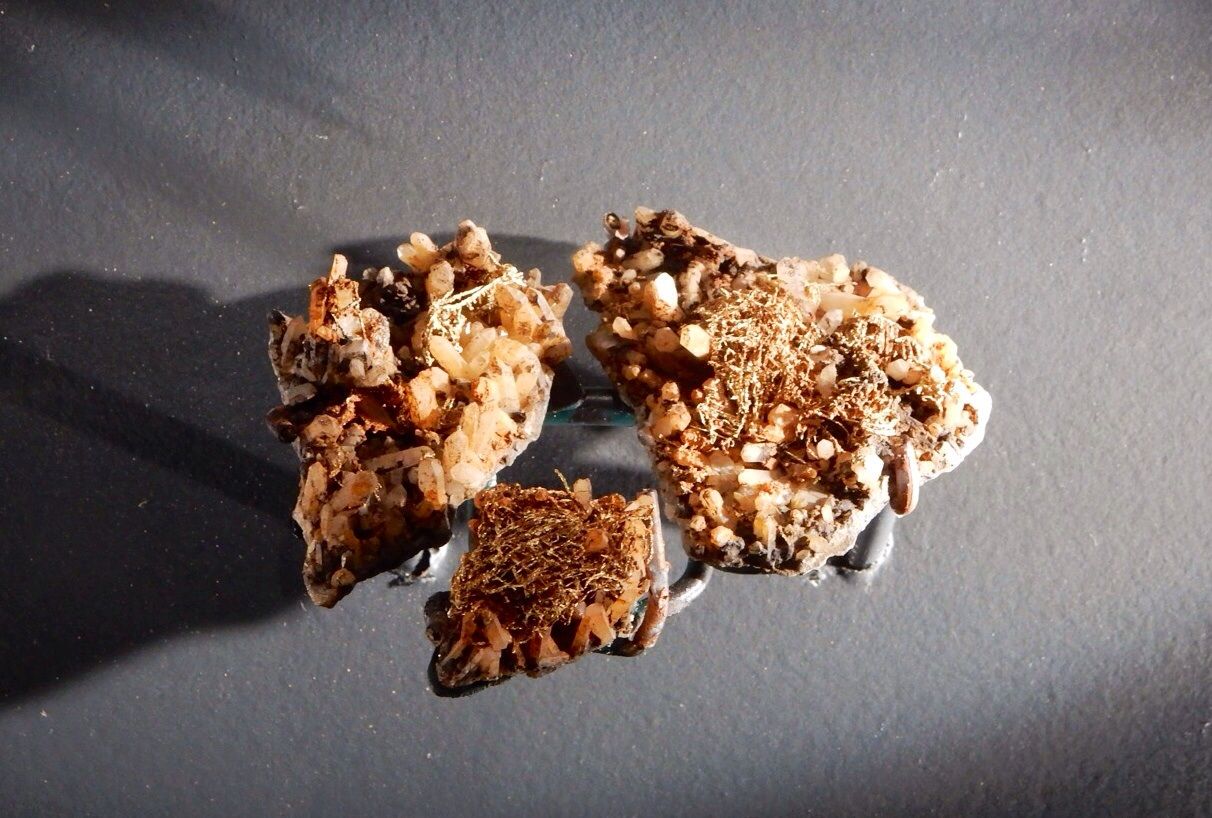
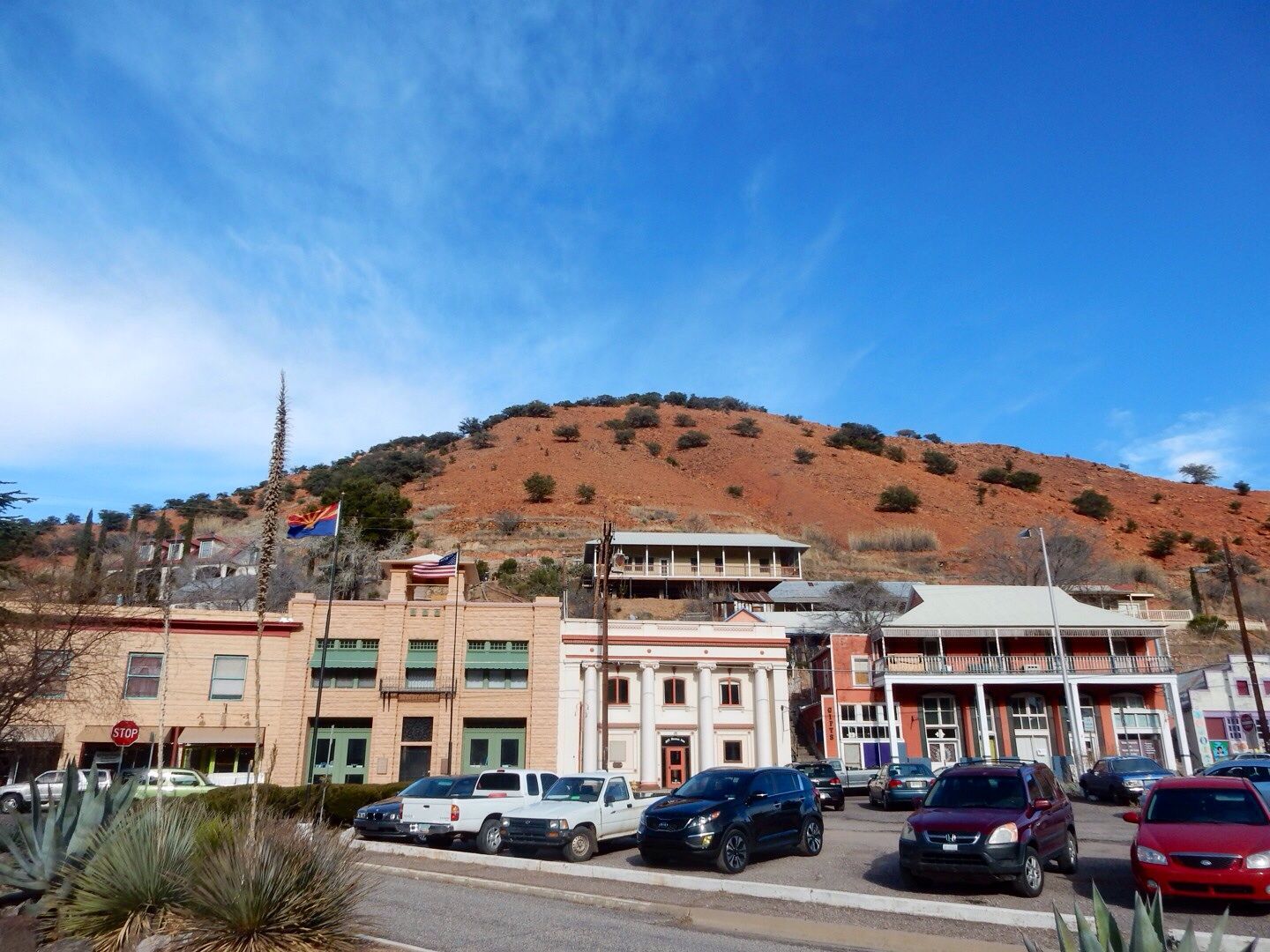
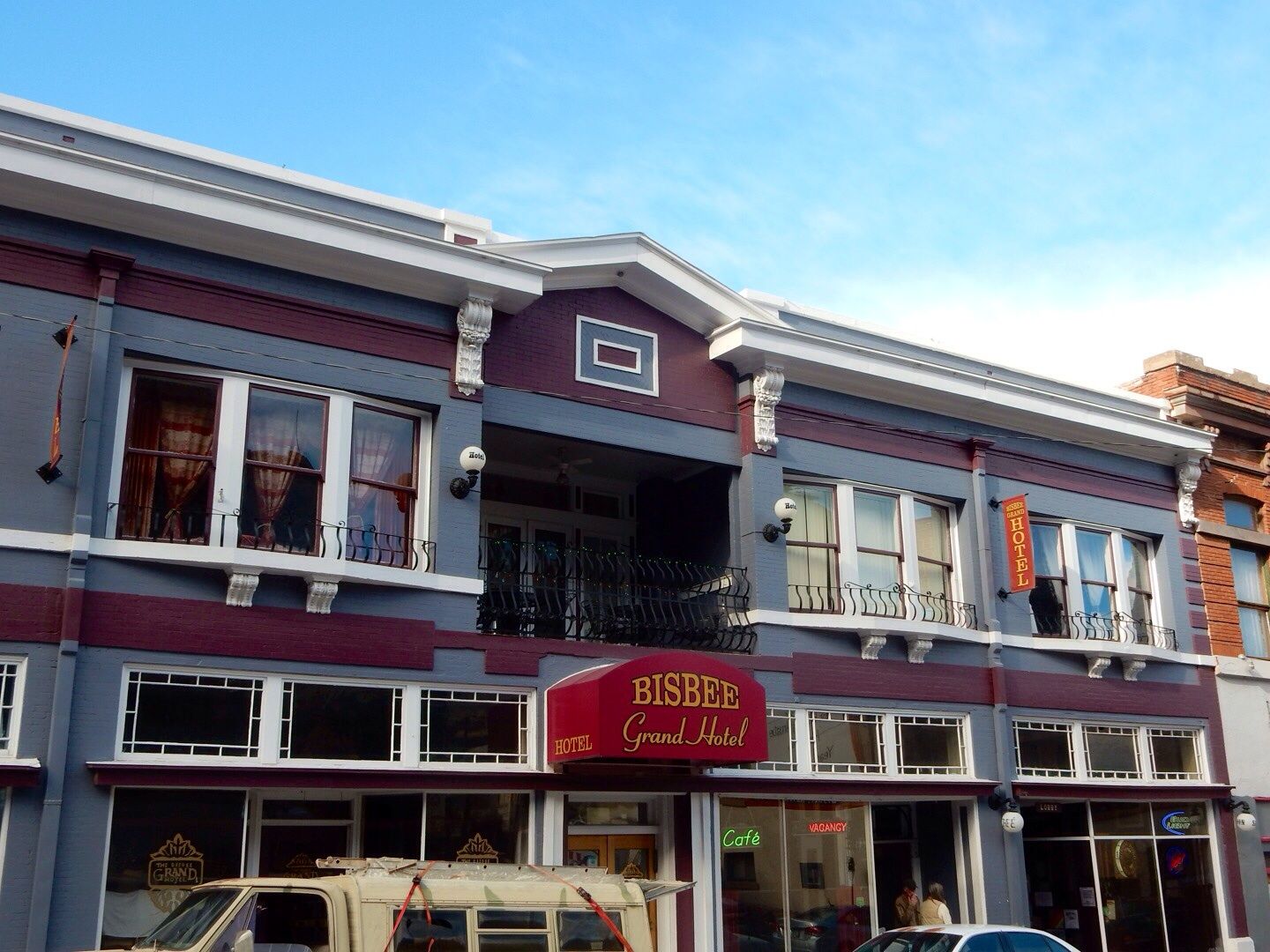
Silver Gold Bull is a highly reputable bullion dealer. They will provide you with bargain, real-time pricing and guarantee that your gold and silver is delivered to your door discreetly and securely.
ReplyDelete